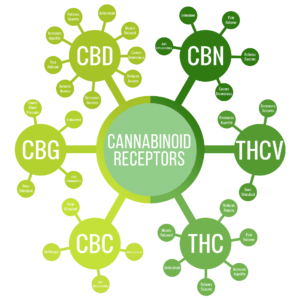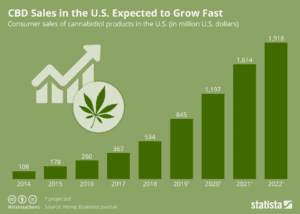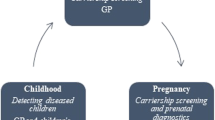Recently, an interesting examination completed in the Netherlands highlighted more than one problem that may be extrapolated to CBD merchandise somewhere else [51]. In this have an appearance, forty-six excellent hashish oil samples were accrued properly far from sufferers and analyzed for cannabinoid content material cloth material. The received samples were domestic-made (n = 29) or offered from a (net) shop (n = 17). For 21 of the forty-six merchandise (forty-six% of all samples), label records have been changed into to be had CBD/THC content material cloth, so that the claimed content material cloth material might be in assessment to the analyzed content material cloth as determined within the observation. Results are tested in cbd products . In many cases, the analyzed cannabinoid content material cloth strongly differed from the claimed content material cloth at the label, at the same time as in 7 samples no cannabinoids (CBD or THC) were determined in any respect. Such deviations were determined in domestic-made similarly to commercially received merchandise. Analysis of Dutch cannabis oil samples received from actual sufferers, evaluating the claimed cannabinoid content material cloth at the product label with lab results measured in the appearance at.

How to make this?
Additionally, as many as 26/forty-six samples (fifty-seven%) had a THC content material cloth > 1%, with one pattern peaking at 57.Five%. In 18/forty-six samples (39%) the oil contained absolutely the handiest THC (with CBD < 0> 25% of its cannabinoid content material cloth within the form of acidic cannabinoids, indicating terrible manipulation over the decarboxylation technique. To cope with the difficulty, some manufacturers add up the content material cloth of CBD and CBD acid that helps you to boast a better “trendy CBD” content material cloth on the label, at the same time as advertising and advertising and marketing and marketing and advertising this as “uncooked CBD.” It is widely recognized that cannabis flowers received from control assets can be inflamed with various dangerous substances, from time to time primary to immoderate health problems or hospitalization. Contaminants embody chemical substances that were intentionally introduced so that they will increase yield, weight, or potency (e.G., insecticides, steel particles artificial cannabinoids ) but additionally dealers that entered the plant unintentionally (e.G., heavy metals, molds, and bacteria, aflatoxins). For example, insecticides are frequently determined in hashish offered through Dutch espresso stores, but, were additionally determined in hashish supplied beneath country law in California further to medicinal cannabis from certified manufacturers in Canada. If any of these contaminants were determined in hemp used for CBD extraction, they could probably become in a focused form withinside the final oil. One contaminant especially applicable to cannabis (CBD or THC) oils is the residual presence of poisonous solvents used at some unspecified time in the future of the extraction technique.
What’s the CBD?
Although contaminants are to be had in numerous shapes and forms, maximum is specifically easy to detect, because of the reality many professional analytical labs exist that robotically show such contaminants in, for example, meals flowers, imported medicinal plant life, or safe to eat oils. The famous lab methods, as described in Pharmacopoeia monographs (e.G., USP, EP) or meals policies, may be applied for CBD oils, after a few minor validation studies. For instance, the detection of heavy metals or insecticides determined in CBD oil does now no longer extensively vary from the equal assessment in, say, a cargo of olive oil. The handiest evaluation that isn`t constantly the famous technique in most analytical labs is the quantification of cannabinoids. Because cannabinoids are the only determined (with few exceptions) in the hashish plant, a particular analytical approach has to be advanced to efficiently decide the cannabinoid composition of the numerous CBD products to be had. Although quite a several analytical strategies have been posted in cutting-edge years, there can be no famous agreement on which analytical method is most appropriate and correct. Additionally, there are presently no typically acquainted suggestions or certifications to determine the qualifications of hashish labs. As a result, cannabinoid assessment can differ significantly amongst labs, even if the identical sample is analyzed multiple times. This now no longer only poses a chance to consumers (who do not apprehend how to trust the label on their product) however might also additionally moreover bring about industrial organization-to-organization conflicts about the pleasant or price of intermediate merchandise. Additionally, faulty analytical effects may also cause prison problems if the THC content material cloth of a CBD product at once appears to be higher than the maximally allowed restriction. It seems clear that a better settlement at the conditions for labs attempting out cannabinoids is urgently wished.




